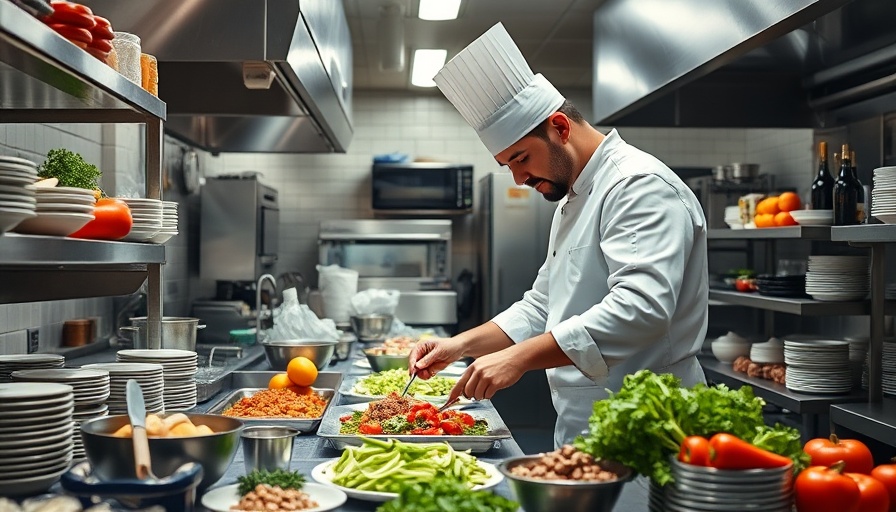
The Ripple Effect of Tariffs on Local Restaurants
As the U.S. grapples with inflation, the restaurant industry finds itself navigating turbulent waters thanks to proposed tariffs. These levies, stemming from ongoing trade discussions, have raised concerns for restaurant owners across the nation, particularly in the Suncoast region. Restaurant prices have been drifting upwards as owners like Thomas Ward of Pig Floyd’s in Orlando report significant increases in ingredient costs.
From Ingredients to Pricing: What’s at Stake?
Ward highlights the struggles he's facing, noting that prices for critical ingredients such as pork, brisket, and chicken have surged significantly year over year. “We’ve been adjusting pricing every quarter of the year,” he shares, reflecting the constant pressure to keep up with rising costs. While consumers are aware of increasing grocery prices, they often hesitate to pay more for restaurant dishes, leading to thin margins for business owners who have little choice but to pass costs on to customers.
Employee Pay and Consumer Expectations: A Balancing Act
With employee wages also on the rise, restaurant owners are feeling the squeeze from all sides. The correlation between high ingredient prices and increased wages creates an additional layer of complexity, making it vital for owners like Ward to maintain a delicate balance between fair wages for employees and affordability for diners. This scenario presents a challenge: how can restaurants uphold their commitment to quality while ensuring their offers remain competitive?
Future Predictions: Are Tariffs Here to Stay?
Looking ahead, the future remains uncertain. With warnings of potential retaliatory tariffs and further price hikes looming, the restaurant industry could face a perfect storm of challenges. “China owns the largest pork producer in the U.S.,” Ward points out, voicing legitimate concerns that these factors could lead to even steeper pricing increases for consumers. Restaurant owners are left to ponder the long-term implications of these tariffs on their business models, and whether these costs will eventually turn diners away.
What You Can Do: Supporting Local Dining
As a patron of local restaurants, consumer behavior will play a pivotal role in shaping the industry's recovery during these trying times. When dining out, opting for local establishments can help foster community growth. Understanding the challenges faced by these businesses can lead to a stronger bond between patrons and owners, creating a shared sense of purpose in supporting local economies.
In conclusion, the proposed tariffs pose not just economic challenges but also opportunities for consumers to engage more deeply with their local dining scenes. By embracing higher prices as a reflection of the current economic climate, customers can help their favorite restaurants thrive. Next time you dine out, remember the labor that goes into each meal and how your support can make a real difference.
 Add Row
Add Row  Add
Add 


 Add Row
Add Row  Add
Add 

Write A Comment